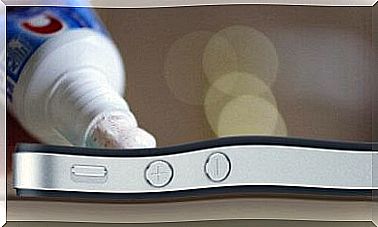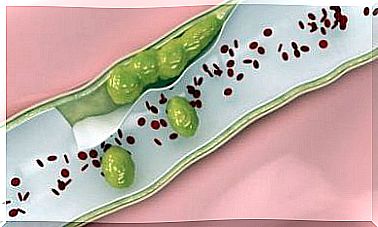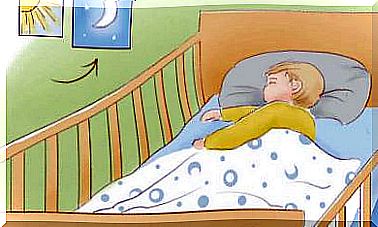Actinomycosis: Causes, Diagnosis And Treatment
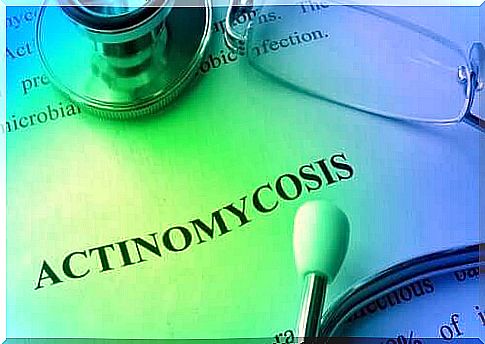
Actinomycosis ( actinomycosis ) is a chronic infection caused by the bacteria, which usually affect the face and neck region. It does not usually lead to other diseases and is not a contagious disease.
Actinomycosis is usually caused by an infection caused by a bacterium called Actinomyces Israel . It is a fairly common organism that often occurs in the nose and throat.
When a bacterium invades the tissues of the face, for example due to injury, surgery or infection, the bacteria causes the area to swell and produce a hard bulge in it, which can vary in color from deep red to purple. This infection is a relatively normal phenomenon, for example in the case of tooth abscesses or oral surgery.
Actinomycosis most often affects the face and neck ( actinomycosis cervicofacialis) , but sometimes the infection can also occur in the chest, abdomen, hips, or other areas of the body. On the other hand, the infection may also affect certain women who have used the hormone coil as a method of contraception.
Types of actinomycosis
Actinomycosis is most common in adult men and can occur in many different ways:
- Neck and facial actinomycosis: In this case of actinomycosis, the patient experiences swelling in the jaw area. The most common origin in most cases is dental caries.
- Chest actinomycosis: Inhalation of oral secretions may lead to this secondary lung disease.
- Abdominal actinomycosis: Abdominal actinomycosis, in turn, can be caused by rupture of the mucosa of the diverticles or appendix, or by an attack on the area.
- Uterine actinomycosis: This form of actinomycosis occurs in women who have or have had a hormonal coil. Its symptoms include vaginal bleeding and pain in the pelvis or abdomen.
- Generalized actinomycosis: This infection spreads through the bloodstream to numerous parts of the body. The patient may experience various symptoms such as back pain, headache or abdominal pain.
Diagnosis of actinomycosis
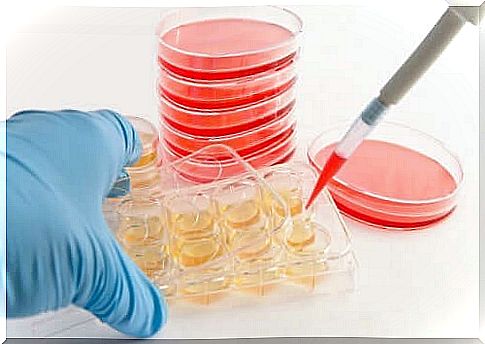
The diagnosis is confirmed by identifying the bacterium that caused the inflammation, A. israelii, by microscopy and by sputum culture, rumen culture, or biopsy. Imaging is often done based on the results.
The lesions can simulate malignant spreads. Lung damage must be distinguished from damage caused by cancer and tuberculosis. Most types of actinomycosis affecting the stomach are difficult to diagnose, with the exception of laparotomy.
The disease progresses slowly and the prognosis is directly related to early diagnosis; the earlier the disease is detected, the more effective and successful its treatment will be. In addition, the best prognosis is with actinomycosis affecting the neck and face.
However, actinomycosis is progressively exacerbated in the thorax and abdomen and in a more common form of bacterial infection, especially if it has entered the central nervous system.
Treatment of actinomycosis
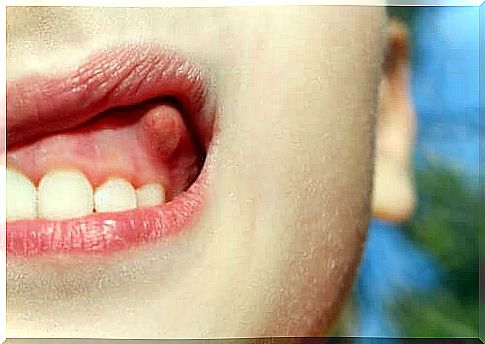
Treatment of actinomycosis can be pharmacological and surgical:
Medication
Treatment of actinomycosis usually requires antibiotics for several months; in some cases, the patient may be prescribed a course of antibiotics for up to a year.
The primary antibiotics for the treatment of actinomycosis are:
- Penicillin-type beta-lactam antibiotics either parenterally or orally. However, in allergic patients, the following may be used as a course:
- Macrolides: erythromycin and azithromycin.
- Lincosamines: clindamycin or lincomycin.
- Tetracyclines.
The duration of antibiotic treatment should be extended to 2 to 6 weeks on a case-by-case basis. However, in the early days, it may be parenteral and later turn into an oral course of antibiotics, depending on the evolution of treatment. In some cases, the patient may also be prescribed oral antibiotics for more than 12 months.
The recommended dose of penicillin G is 20 million units in 24 hours. In cases where infection is still suspected, the use of antibiotics is not recommended until the patient has been sampled to isolate the inflammatory agent. Intravenous therapy is recommended for patients with a history of bacterial inflammation.
Surgical treatment
For women with gynecological or pelvic actinomycosis, surgical treatment consists of treating obstructive symptoms. To this end, fluid removal is performed at the site of infection.
In addition, treatment of obstructive complications should be monitored for a long time with antibiotic therapy. The purpose of this method is to avoid serious complications of the disease.
In the case of thoracic actinomycosis, the patient is dehydrated and obstructive complications are treated. These methods are followed by a course of antibiotics. In all cases, bronchoscopic removal of a foreign object has also proven to be an effective method.
Summary
Actinomycosis is a rare and chronic disease caused in most cases by a bacterium called Actinomyces Israel . We also know that this bacterium usually inhabits the human mouth and throat and sometimes also other parts of the body such as the chest or uterus.
There are several different types of actinomycosis, but the most common of these is actinomycosis in the neck and face. For the same reason, the correct diagnosis of the disease is important so that the doctor can prescribe the treatment that is right for the type of infection for each patient.
The disease includes a bacterial abscess in an inflamed area that can vary in color from deep red to purple. The abscess can be severe or produce rot. Bacterial culture performed by a laboratory from either sputum or pus is an effective means of identifying the correct bacterial type and thereby prescribing the correct antibiotic treatment.
